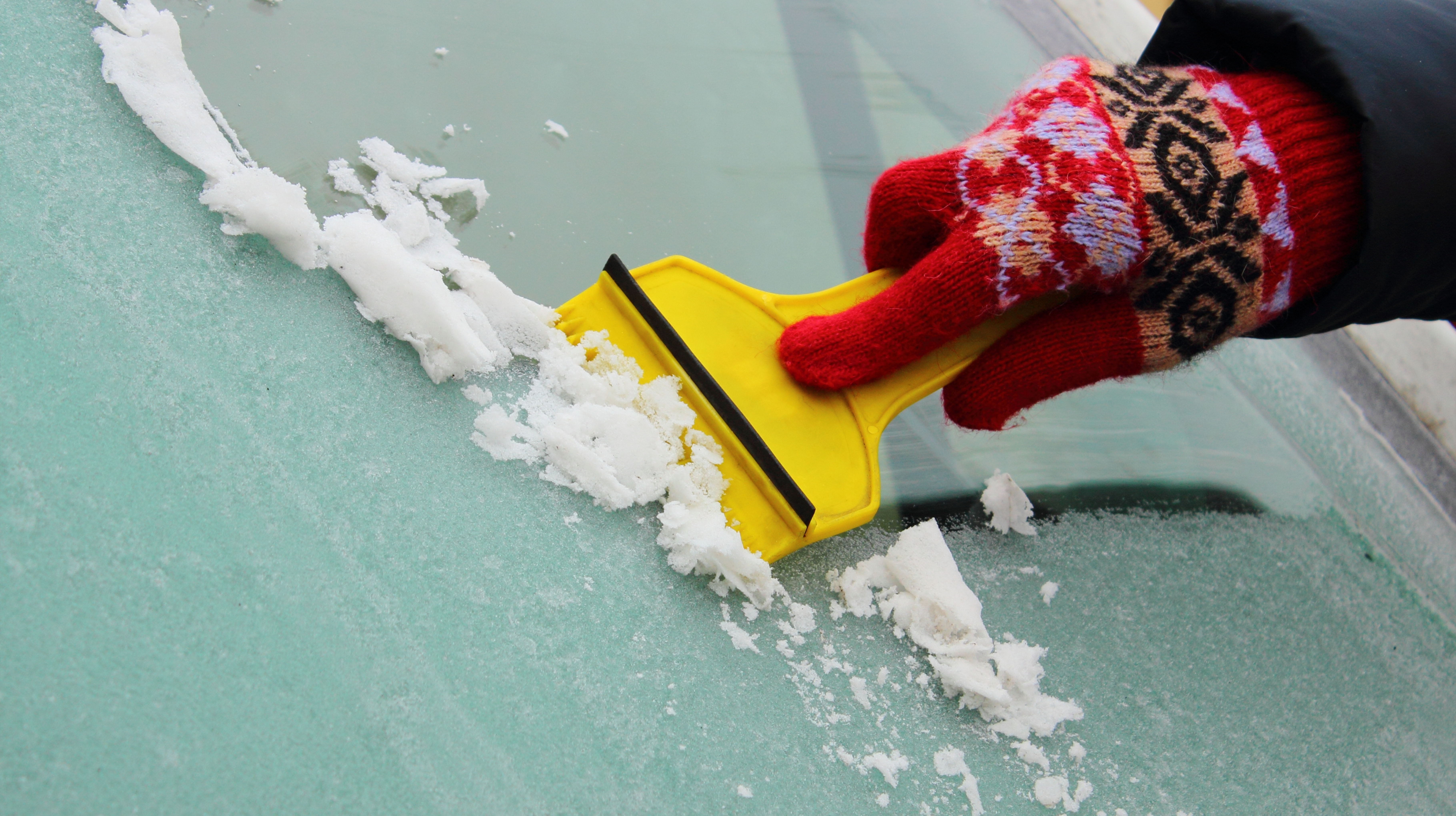
Having an automobile winterized by the service professionals at Santa Fe KIA is just the first step in getting ready for winter. You also must brush up on your winter driving skills. If you’re new to driving in cold, snowy, windy, and icy conditions, here are a few helpful hints to keep you and your passengers safe. Winter roads can be hazardous with their slippery surfaces. The snow and wind can also be treacherous. Above all else, if you break down in a snowstorm, do not leave your car (you may have trouble finding it again). Also, do not run your car for long periods. Instead, turn it on long enough to stay warm, and then turn it off again to avoid carbon monoxide poisoning. It is a good idea to turn on your dome lights to attract attention.
Learning to drive in winter conditions is not difficult if you remember a few important points:
- If you have to drive in snow and ice, your speed by half. For example, if you normally drive 60 MPH on a highway, reduce your speed to 30 MPH.
- Greatly increase the stopping distance you need between vehicles. If you're traveling at a speed of 35 mph on dry pavement, it will take you 60 to 100 feet to come to a stop. On snow-packed streets, that distance can easily double depending on road conditions.
- If the roads are icy and slippery, the best gear to drive in is the Second Gear. Using the second gear helps reduce the chances of your wheels slipping. Keep your speed down, be aware of potential hazards, and give yourself enough time to brake and steer.
- If you start sliding, don’t panic. Here’s what to do — correcting your slide depends on which wheels on the vehicle are slipping. If it’s your front wheels, remove your foot from the accelerator and let the vehicle slow down. If you continue to slide, press on the brakes gently to help bring your vehicle to a stop. If your back wheels are sliding, slowly turn your wheel in the direction of the slide while removing your foot from the accelerator.
- What shouldn’t you do when your car slides? Just as important as what you should do when you begin to slide, is what you shouldn’t do. First and foremost, don’t slam on your brakes. It might be your first instinct since you want your vehicle to stop, but this won’t work on icy roads. The harder you brake, the more likely you are to make your slide even worse. If you need to brake, do it as gently as possible. The same thing applies to turning your steering wheel. Don’t turn abruptly during a slide because it’ll cause you to overcorrect, and maybe send your car spinning out of control. Just like braking, do it slowly and deliberately when you need to.
Remember these three points to avoid sliding: (1) Don't drive too fast, (2) Don't brake abruptly and, (3) Don't accelerate rapidly.
Changing temperatures can radically affect both your traction and driving ability. For example, how you should drive in 0º weather is much different than how you can drive in 32º. An interesting fact is that a person generally has better traction at 0º than at 32º due to surfaces becoming more slippery at higher winter temperatures.
Remember, the first thing you need to do is winterize your vehicle at Santa Fe KIA, the foremost authority in northern New Mexico on winterizing your car.
Now it’s time to hit the slopes!
